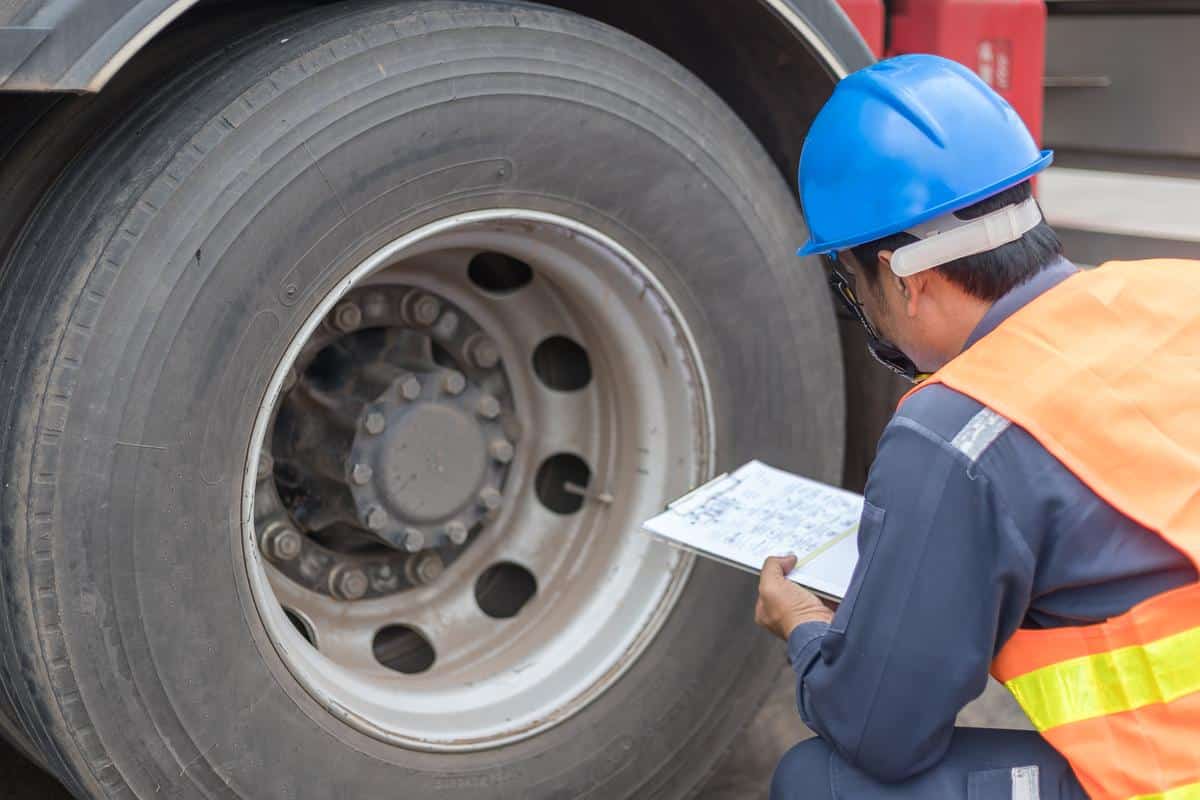Truck drivers are crucial to the success of the transportation sector, as they ensure the timely and secure delivery of commodities across the country. But, they face a high degree of danger in carrying out their duty, as the size and weight of their trucks increase the likelihood of collisions and mechanical breakdowns. One way truck drivers can reduce their exposure to danger is by doing a thorough pre-trip examination.
The engine, brakes, tires, and suspension are just a few of the vehicle’s many parts that should be inspected before setting out on the road. Accidents and breakdowns can be avoided if problems are found and fixed in advance, thanks to this check. It guarantees that the truck follows all Federal Motor Carrier Safety Administration and Department of Transportation rules.
This piece will focus on the trucker’s pre-trip inspection checklist. We will review everything truck drivers need to check before hitting the road, emphasizing safety and regulation. A truck driver’s ability to perform their job safely and effectively depends on several factors, including the truck’s condition.
-
Exterior Inspection
The pre-trip inspection begins with a visual examination of the vehicle’s exterior. Tyre pressure, mirrors, headlights, and windscreen wipers are just some things you should inspect. Check the tires for bulges, cuts, or punctures. Tyre pressure should be checked and maintained at the tire manufacturer’s recommended level. Check for missing or loose lug nuts. Verify that the mirrors are spotless and properly positioned. Make that the front and back lights, as well as the signal lights, are on and functioning correctly. Finally, inspect the windscreen for damage that could impair the driver’s vision.
-
Engine Compartment Inspection
Check out the engine bay after that. Look for oil leaks and make sure the level is enough. Check that the windscreen washer fluid and the coolant levels are both complete. Belts and hoses should be inspected for damage and wear. Battery terminals should be inspected for cleanliness and tightness. Last, you should inspect the air filter to ensure it is clean and working correctly.
-
Cab Inspection
The driver will spend the vast majority of their time inside the vehicle. Therefore, making sure it is secure and pleasant is crucial. The seat belt needs to be checked to ensure it works properly. Verify that the indicators on the dashboard are in good working order. Make sure the windscreen wipers and horn are in good functioning order. Check for any cracked or missing panels within the vehicle.
-
Trailer Inspection

Before hitting the road with a caravan attached, ensure everything is in working order. Make sure the trailer hitch is securely fastened to the truck. Check the tires for bulges, cuts, or punctures. Make sure the car’s brake lights and turn signals are functioning properly by checking their status. Check for damaged bolts or other evidence of caravan body damage.
-
Brake Inspection
The brakes on a car are among the most critical safety features, so their proper operation is paramount. Brake fluid levels and leaks should be checked regularly. Check for wear on the brake shoes and pads. Verify that the brake lines are not leaking. Finally, you should check the brakes to ensure they work properly.
-
Suspension Inspection
A comfortable ride for the driver and passengers largely depends on the vehicle’s suspension system. Check the condition of the springs and shock absorbers. Check the suspension for signs of leakage. Last but not least, you need to make sure the wheels are properly aligned.
-
Load Inspection
It is crucial to perform a comprehensive inspection of your load before setting out on the road if you are hauling anything. Be sure the weight is equally distributed and safely fastened. Make sure the load isn’t too heavy and stays within the safe parameters. Inspect the shipment for any evidence of damage, such as ripped or damaged boxes.
-
Electrical Inspection
Make sure the battery, alternator, starter, and all wiring connections are in good working order. Check for frayed or damaged wires, then double-check that all connections are snug.
-
Exhaust System Inspection
Inspect the exhaust system for any leaks, holes, or damage. Ensure that all exhaust components, including the muffler and catalytic converter, are in good condition and functioning correctly.
Conclusion
When it comes to the well-being of the driver, passengers, and other motorists, there is nothing more important than a thorough pre-trip examination. Truck drivers must check the exterior, engine, cab, trailer (if applicable), brakes, suspension, and load (if applicable) as part of their pre-trip inspection. Truck drivers can avoid accidents, breakdowns, and delays due to mechanical issues by using this checklist. Always remember that an ounce of prevention is worth a pound of cure and that pre-trip inspections can save lives and money.

